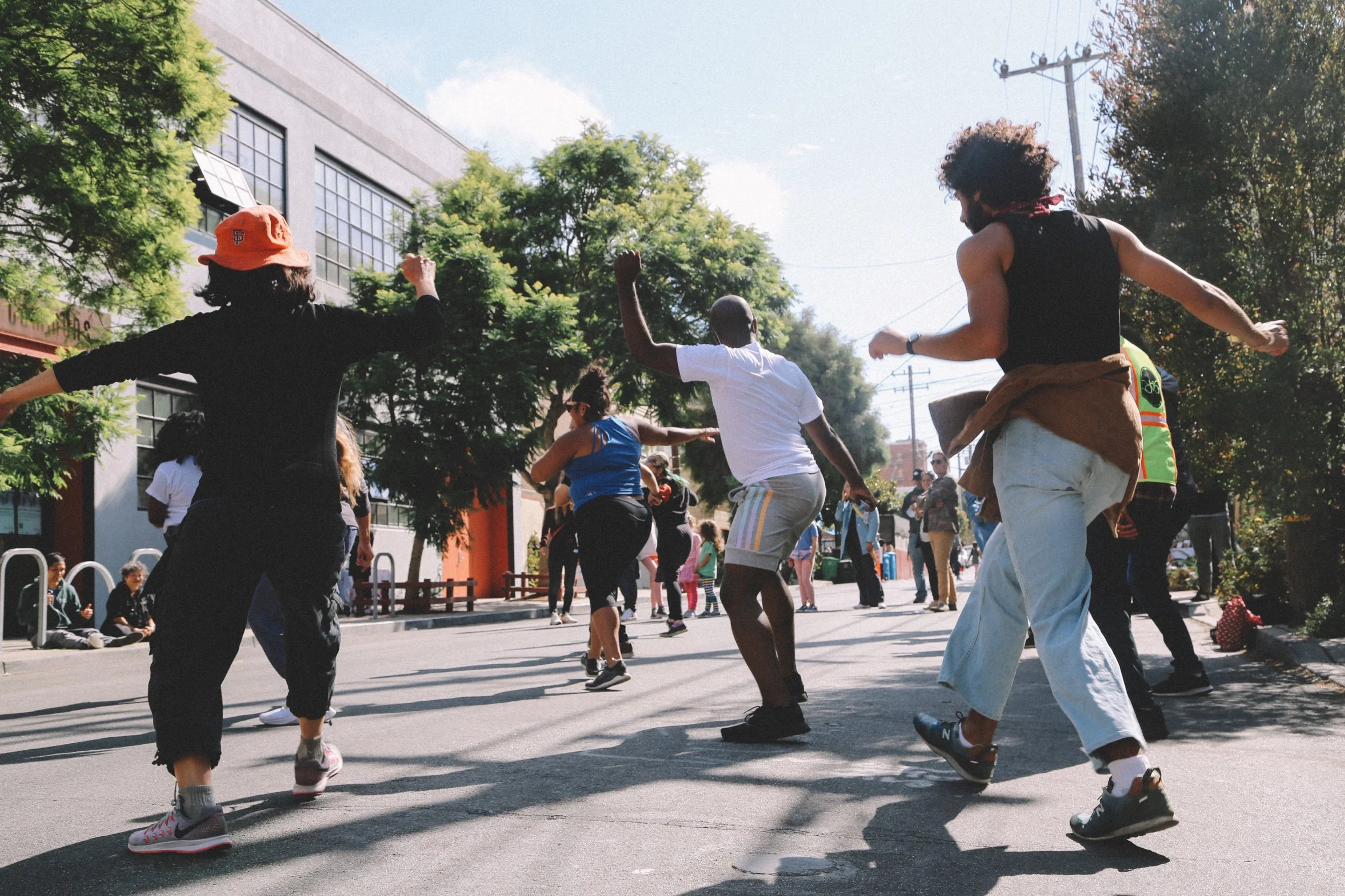December 2014 Update
/If you haven't had a chance to visit StoreFrontLab's current exhibition, Massive Urban Change, by Eliza Gregory with Nicole Lavelle, be sure to stop by Saturday thru Wednesday from 12-5PM before the show closes on December 14.
You also can check out these other upcoming events at StoreFrontLab and with affiliates:
Artist Talk with Eliza Gregory, Kirk Crippens, Lizzy Brooks + Radka Pulliam
Wednesday, December 3
6:30 pm
StoreFrontLab
RSVP
Temporal Cities, Lizzy Brooks + Radka Pulliam
First Thursday Lower Polk Art Walk
Thursday, December 4
6-10pm
Ramon’s Tailor
628 Jones St. (at Post)
Massive Urban Change
Closing Reception
Sunday, December 14
6:30 pm
StoreFrontLab
Switch Bench, by Danny Garcia
As a part of Massive Urban Change, woodworker and architect Daniel Garcia has placed a pair of his Switch benches down the center of the gallery. Contoured to subtly suggest that people sit facing opposite directions along the bench, these objects reinforce the values of dialogue and community-building that underscore. The two pieces are for sale as part of the project for $3,600 each. Please contact info@elizagregory.com to purchase.
Stay tuned for January events!
Urban Symposium
Mid-January, 2015
Urban Symposium, an ongoing series led by architects Lyndon Manuel and Leah Nichols, fosters an interactive and participatory dialog about urban development as it relates to the city’s current socio-economic environment.
Give
January 9 to February 7, 2015
Give explores the collective city as a space between the object and the viewer. Through the sculptural layering of donated clothing, blankets and a collection of fabric goods provided by the community, artists Juliana Raimondi and Bird Feliciano create an immersive site where one can get lost in space and, at the same time, reconnect with each other.









